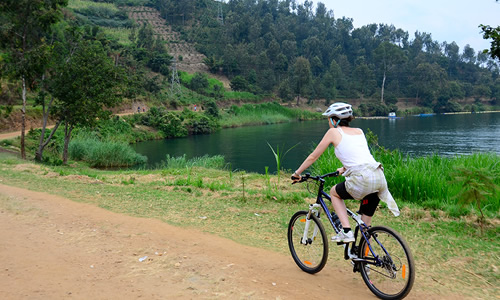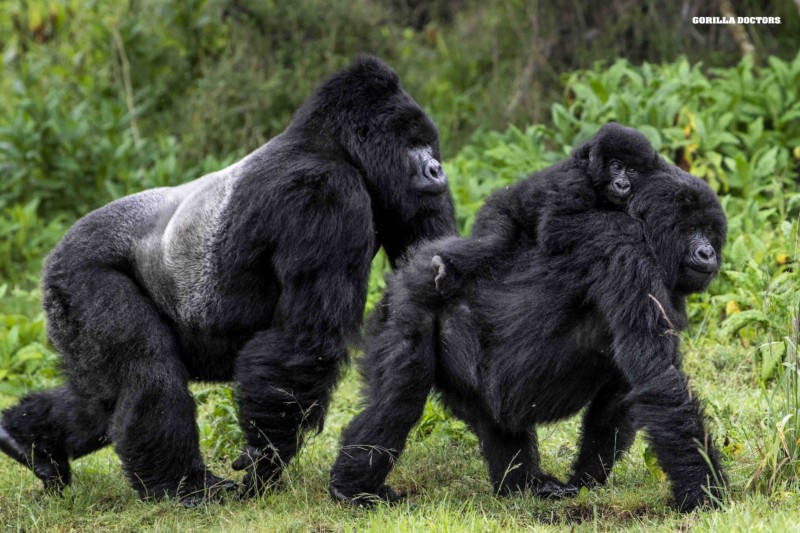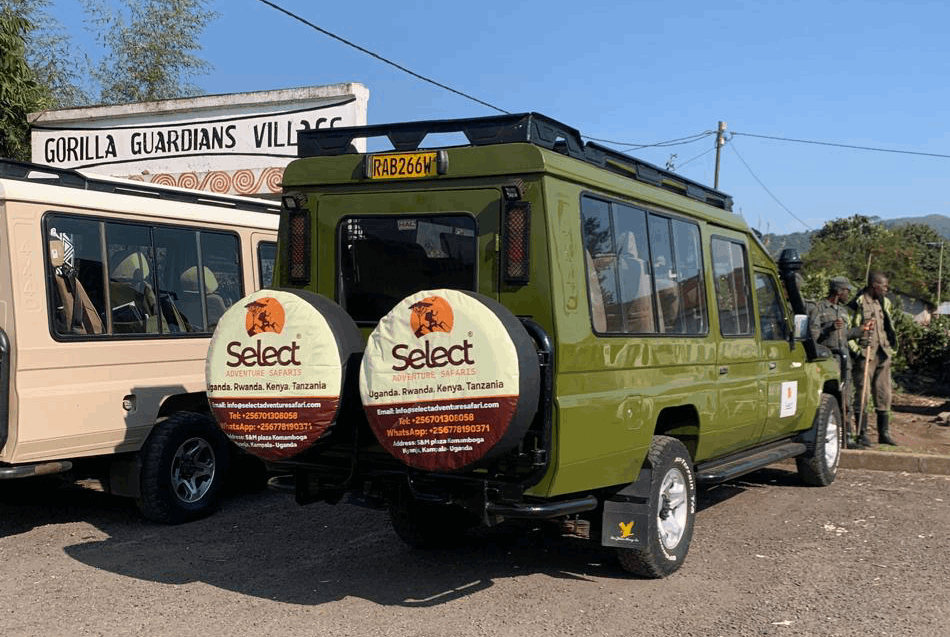Fresh water lake in Kenya
Fresh water lake in Kenya : There are a lot of freshwater lakes in Kenya. Among the well-known ones is Lake Victoria, the largest freshwater lake in Africa and the second-biggest freshwater lake worldwide. Lake Ellis in Mount Kenya, Lake Mukunganya near Lamu, Lake Naivasha, and Lake Baringo are some of Kenya’s other notable lakes; each has unique characteristics and significance. These lakes sustain a multitude of ecologies and provide a vital water resource in addition to beautiful landscape.
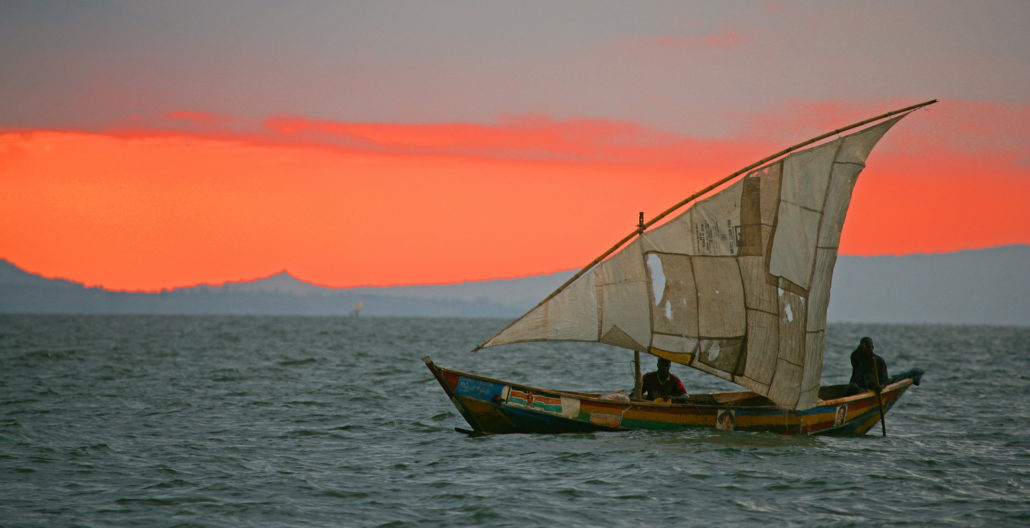
Lake Victoria
Lake Victoria is one of the Great Lakes of Africa. Lake Victoria is the largest freshwater lake in the world by surface area, the largest tropical lake, and the largest lake in Africa, covering an approximate surface area of 59,947 km2 (23,146 sq mi). The largest freshwater lake in North America in terms of surface area is Lake Superior. Lake Victoria boasts a total water volume of 2,424 km3, making it the tenth largest continental lake in the world by volume (1.965 109 acre-feet).Lake Victoria lies in a small valley in Africa. With an average depth of 40 meters (130 feet), the lake’s greatest depth is 80–81 meters (262-266 feet). Its catchment area is 169,858 km2 (65,583 sq mi). The lake’s shoreline measures 7,142 km (4,438 mi) when digitized at the 1:25,000 scale, with islands accounting up 3.7% of that length.
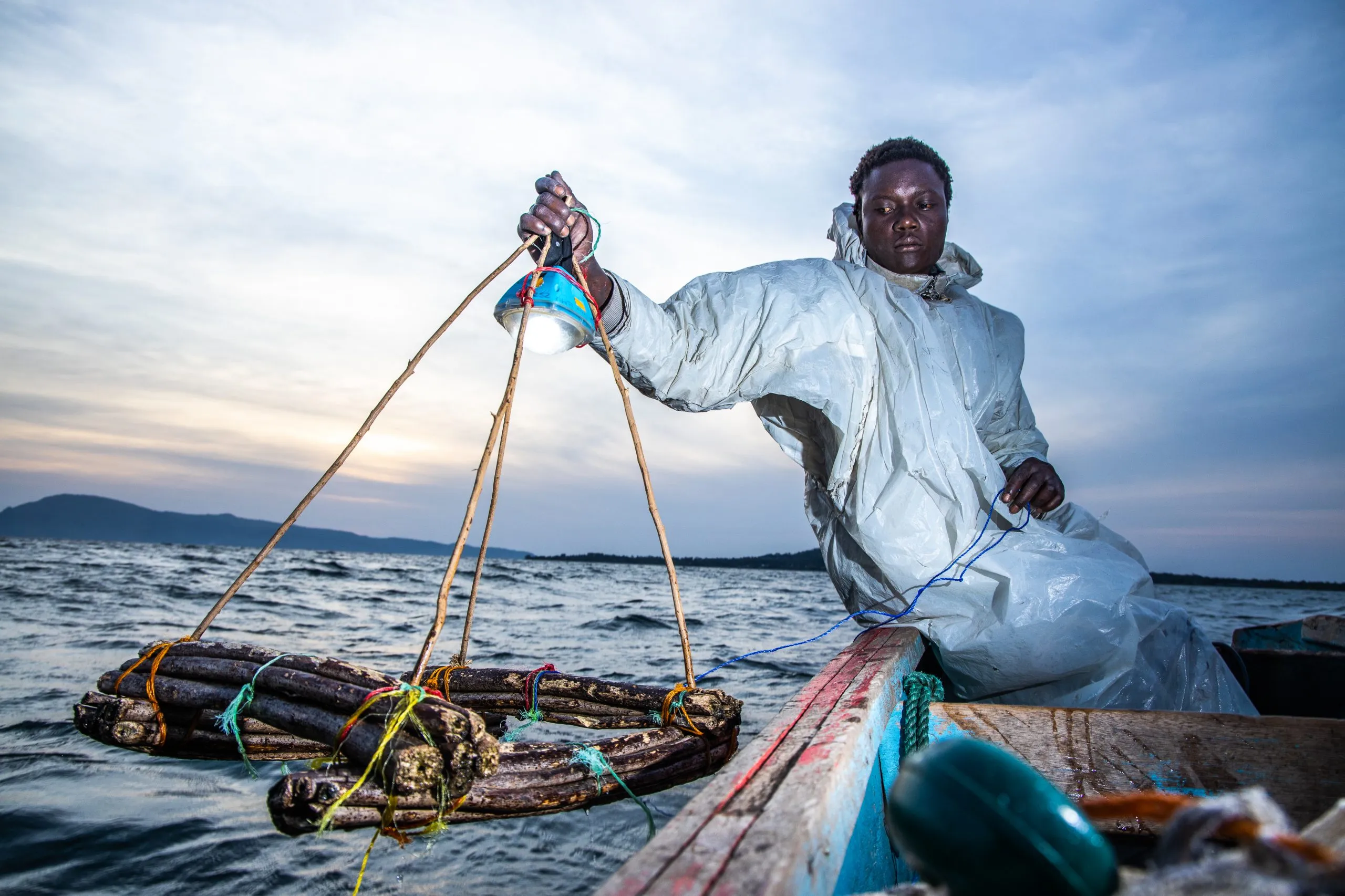
The area of the lake is shared by three countries: Tanzania occupies 49% (33,700 km2; 13,000 sq mi), Uganda occupies 45% (31,000 km2; 12,000 sq mi), and Kenya occupies 6% (4,100 km2; 1,600 sq mi).
Numerous indigenous people, including Dholuo, Nam Lolwe, Luganda: ‘Nnalubaale, Kinyarwanda, and Ukerewe, reside on Lake Victoria. The first British person to name the lake was the explorer John Hanning Speke, who gave it the name Queen Victoria in 1858. Speke was traveling with Richard Francis Burton on an expedition. The lake is home to numerous types of fish that are exclusive to it, particularly cichlids. Invasive fish, like the Nile perch, have caused the extinction of numerous native species.
Eighty percent of the water in Lake Victoria comes from direct rainfall. At a rate of 2.0 to 2.2 metres (6.6 to 7.2 feet) per year, almost twice as much water evaporates from the lake as falls in riparian areas. Water from thousands of small rivers and streams is also added to Lake Victoria. The major river that empties into the lake is the Kagera River, which has its mouth on its western shore. The Nile River is the only body of water that drains Lake Victoria, and it flows near Jinja, Uganda, on its northern shore. The main rivers in the Kenyan region include the Sondu Miriu, Yala, Nyando, Nzoia, Sio, Mogusi, and Migori.
The fauna surrounding Lake Victoria
Numerous animal species can be found in the vicinity of Lake Victoria, some of which have close ties to the lake and the nearby wetlands. Among the creatures are the hippopotamus, cane rats, giant otter shrew, African clawless otter, spotted-necked otter, Sitatunga, bohor reedbuck, and defassa waterbuck.
The marshes around Lake Victoria are home to a large number of African helmeted turtles, Williams’ mud turtles, Nile crocodiles, and variable mud turtles. The Williams’ mud turtle is exclusively found in Lake Victoria and the nearby lakes, rivers, and marshes of the upper Nile basin. African tetras (Brycinus), air-breathing catfish (Clariallabes, Clarias, and Xenoclarias), loach catfish (Amphilius and Zaireichthys), bagrid catfish (Bagrus), cyprinids (Enteromius, Garra, Labeo, Labeobarbus, Rastrineobola, and Xenobarbus), and silver butter catfish
With the exception of the common Rastrineobola, which is almost endemic, and the uncommon Xenobarbus and Xenoclarias, which are exclusive to the lake, most species are unique to Africa.
Since the early 1900s, ferries over Lake Victoria have been an essential means of transit between Kenya, Tanzania, and Uganda. The main ports on the lake are Port Bell, Jinja, Entebbe, Mwanza, Bukoba, and Kisumu. Up until 1963, the MV Victoria—the newest and quickest ferry—was categorized as a Royal Mail Ship. The MV Uhuru and MV Umoja’s 1966 debut marked the beginning of train ferry service between Kenya and Tanzania.
Lake Naivasha
Lake Naivasha is a freshwater lake in Kenya situated in the Great Rift Valley, northwest of Nairobi, and outside the town of Naivasha in the Nakuru County. The term “that which heaves” (ʛnaɨpɔ́sha) is taken from the Maasai name for the location and is a popular term for bodies of water large enough to experience wave action during windy or stormy circumstances. It emerged when the British began uttering the Maasai name, Naivasha.
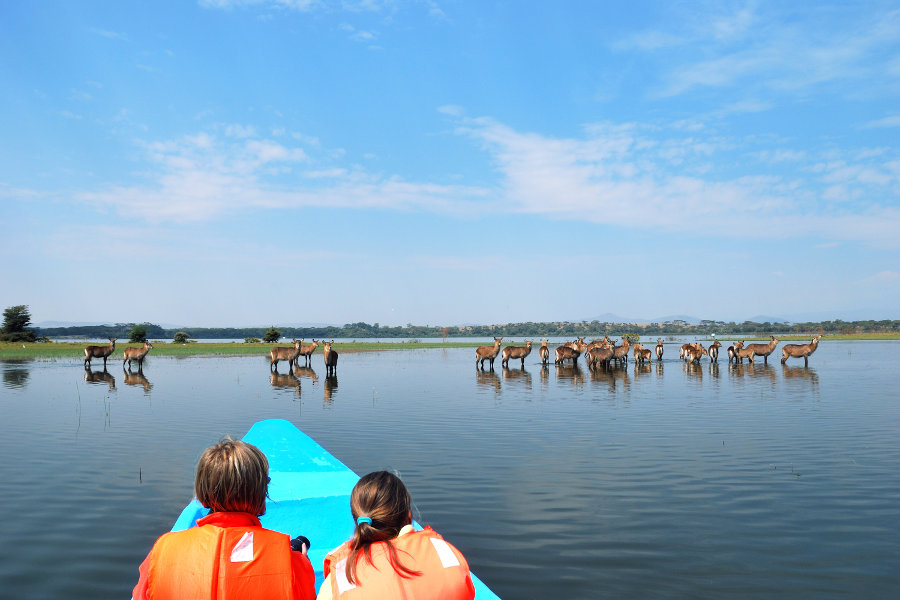
Lake Naivasha is the highest point in the Kenyan Rift Valley, rising to a height of 1,884 meters (6,181 feet). Its complex geological makeup is made up of sedimentary deposits from a larger Pleistocene lake and volcanic rocks. Together with ephemeral streams, the lake is supplied by the perennial Malewa and Gilgil rivers. The lake’s water is relatively fresh, therefore even if an outflow isn’t visible, it’s thought to exist.
The surface area of the lake was normally 139 square kilometers (54 square miles) before 2010; by 2020, it had increased to 198 square kilometers (76 square miles). It is surrounded by a marsh that has a total extent of 64 square kilometers (25 square miles), though rainfall can cause this to vary greatly. With a maximum depth of 30 meters (98 feet), Crescent Island has the deepest water in the lake, which averages 6 meters (20 feet) deep. Njorowa Gorge, which was formerly the lake’s outlet, is now the entrance to Hell’s Gate National Park and rises high above the water. Originally called East Nakuru, the town of Naivasha is situated on the northeastern edge of the lake.
Lake Baringo
Lake Baringo, the second-most northern lake in the Kenyan Rift Valley after Lake Turkana, is 130 square kilometers (50 square miles) in surface area and 970 meters (3,180 feet) high. Among the rivers that feed the lake are the Molo, Perkerra, and Ol Arabel. It is hypothesized that the water seeps through lake sediments and into the broken volcanic bedrock in the absence of a clear outlet. It is one of the two freshwater lakes in the Rift Valley of Kenya, the other being Lake Naivasha.
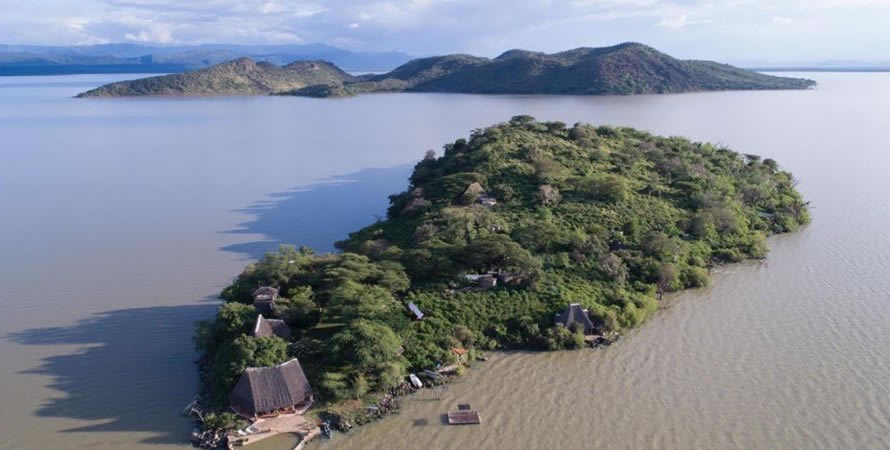
Ol Kokwe Island is the biggest of the lake’s many little islands. There are several hot springs and fumaroles at Ol Kokwe, an extinct volcanic center connected to the Korosi volcano north of the lake, some of which have produced sulphur deposits. Hot springs erupt along the shore at Soro, which is not far from the island’s northeastern corner.
Near the lake, Loruk and Kampi ya Samaki are smaller towns, whereas Marigat is the major town. The area is situated in the southernmost point of a Kenyan region inhabited mainly by Turkana, Kalenjin, Il Chamus, and Rendille ethnic pastoralist communities. On the western side, close to Kampi-Ya-Samaki, there are accomodation alternatives (hotels, camping grounds, and self-catering cottages), as well as on several of the lake’s islands.
Lake Ellis
Lake Ellis is a freshwater lake located in Meru County on the eastern flank of Mount Kenya, which is 3,470 meters above sea level. Anyone with the courage to visit Lake Ellis will be enthralled by its beauty. It also offers breathtaking views of the top and pure, direct air.
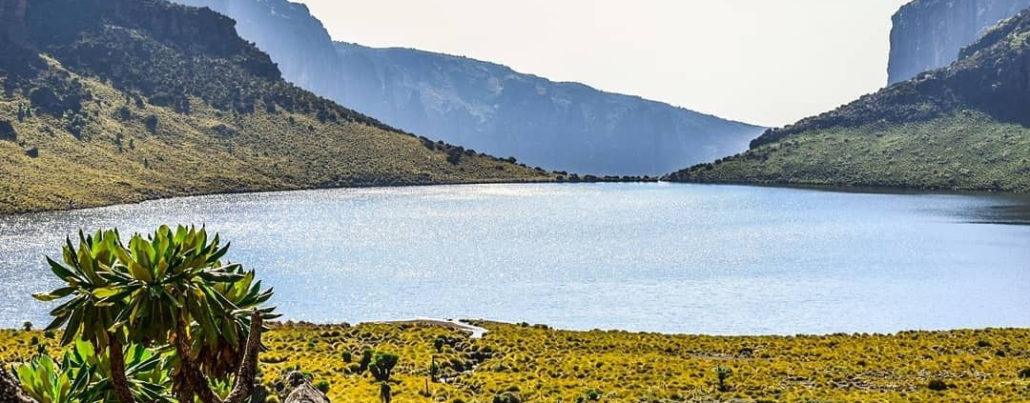
Lake Mukunganya
Lake Kenyatta, often referred to as Lake Mukunganya, is located in Lamu County in Southeast Kenya.
In Lamu County, Lake Mukunganya is located roughly 2.5 kilometers (2 miles) southwest of the hamlet of Mpeketoni. It takes about 30 minutes to go there, or roughly 50 kilometers (31 mi). Animals around the lake include herds of buffalo, warthogs, zebras, monkeys, waterbucks, and hippos. Many different bird species can also be found here.

